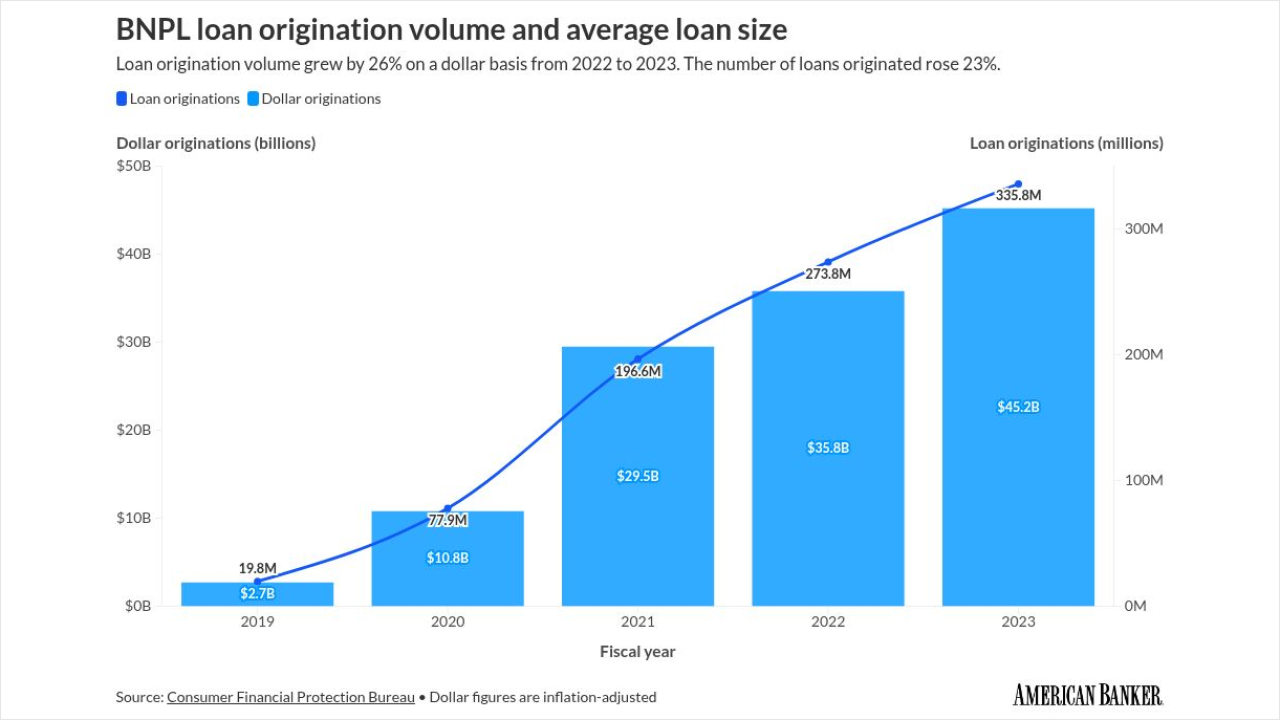(Bloomberg) -- The value of banks' synthetic securitizations has surpassed $670 billion, expanding at a double-digit pace as lenders race to offload risk and free up capital.
The figure, the portion that banks retain after partially shifting the peril of loan losses through significant risk transfers, is an 18% increase for the 2024 financial year from the prior period, according to data compiled by Bloomberg. The metric is a proxy of activity in one of financial markets' hottest corners.
The surge in deals helped
JPMorgan Chase & Co. and Standard Chartered Plc also expanded their use of the instrument by more than 10%, the data showed. An exception was UBS Group AG, which shrunk its exposure by $19 billion, a 50% decline, in the wake of its rescue of Credit Suisse.
Bloomberg Terminal users can access a detailed look at the synthetic risk transfers reviewed for this story by clicking on the link. The data compiled by Bloomberg are based on Pillar III disclosures by the lenders and currency conversions at the end of each year.
While the figures show a decrease in growth from the prior year, when the value of the securitizations rose 23% to about $572 billion, it still underscores the rapid pace of SRT expansion. At the same time, regulators are getting concerned about the systemic risks that the increasingly popular tool may pose.
SRTs typically allow banks to obtain default protection for 5% to 15% of the loans' value, enabling lenders to bolster their solvency ratios or free up capital to pursue growth. Since 2016, more than $1 trillion in assets have been synthetically securitized, according to an October report by the International Monetary Fund.
The IMF expressed concern about a potential mismatch between short-term repurchase agreements, a form of leverage often used to acquire SRTs, and the typically longer-dated, less liquid credit-linked notes issued by banks.
"A spike in margin calls on these repurchase agreements could lead to spillovers into other, more liquid markets as hedge fund investors sell other assets to raise liquidity," the IMF said.
A recent research paper, co-authored by Glenn Schepens of the European Central Bank and Alex Osberghaus from the University of Zurich, found that banks effectively became less capitalized when they've used SRTs and redeployed the freed-up capital.
At least one investor says the instruments are not especially attractive at current pricing.
Spreads on SRTS are "not particularly interesting" or the trades "are higher up on the risk spectrum and not interesting from a risk perspective," Raghav Khanna, managing director at Oaktree's Global Private Debt strategy, told analysts on a call in August.
Still, there is no shortage of buyers. The volume of synthetic securitizations issued by big banks surged more than 85% in the European Union in the first half from a year earlier, Pedro Machado, an official at the European Central Bank's oversight arm, said in September.
Global sales of SRTs are expected to expand 11% annually on average over the next two years, according to a Bloomberg Intelligence report published in June.
Banco BPM SpA plans to complete an SRT transaction before the end of the year, Chief Executive Officer Giuseppe Castagna told analysts last week, while Commerzbank AG expects to do further SRT deals in the weeks to come.
--With assistance from Sarah Jacob, Charlotte Hughes-Morgan, Maciej Martewicz, Jorge Zuloaga, Myriam Balezou, Noele Illien, William Shaw, Aisha S Gani, Katherine Doherty, Jenny Surane, Todd Gillespie, Yizhu Wang, Marton Eder, Lyubov Pronina, Christine Dobby, Evelina Youcefi, Claudia Cohen, Arno Schütze, Olivia Fletcher, Stephan Kahl, Sotiris Nikas, Sonia Sirletti, Taiga Uranaka and Takashi Nakamichi.
(Adds SRT sales-growth forecast in second-last paragraph. A previous version of the story corrected the extent of the decline in UBS Group's synthetic securitization exposure.)
More stories like this are available on bloomberg.com





